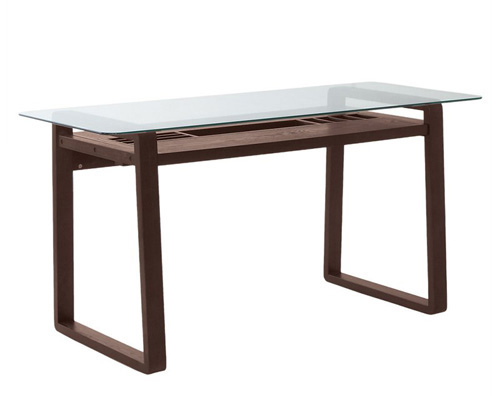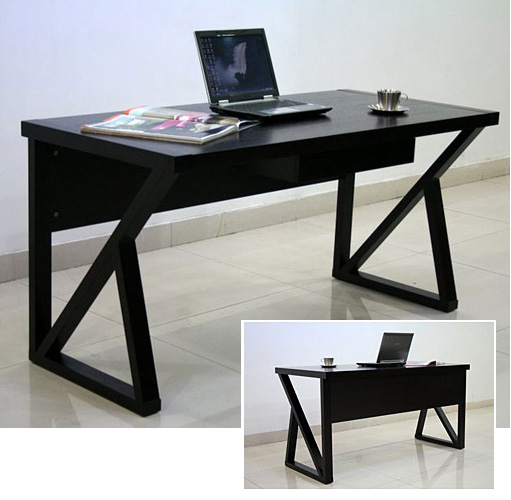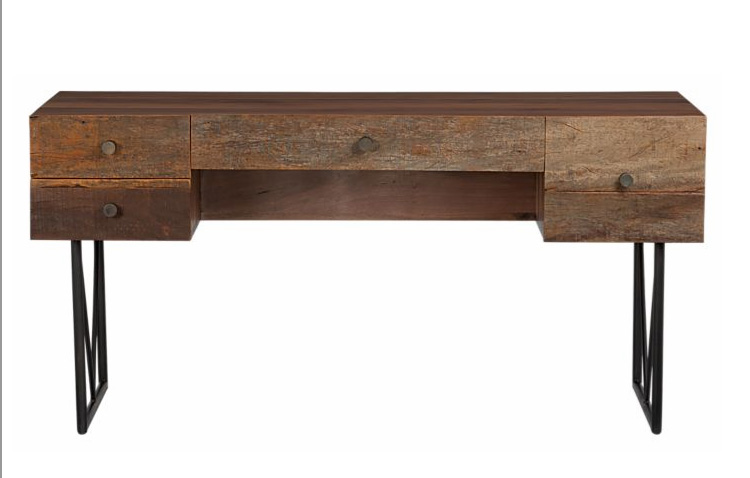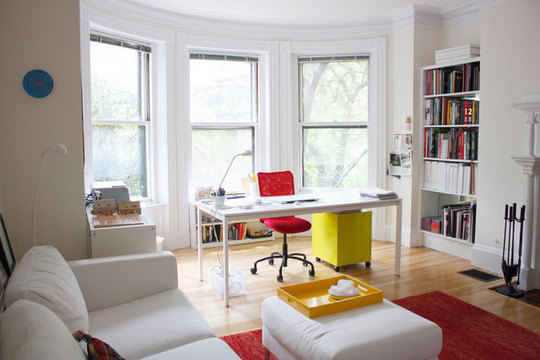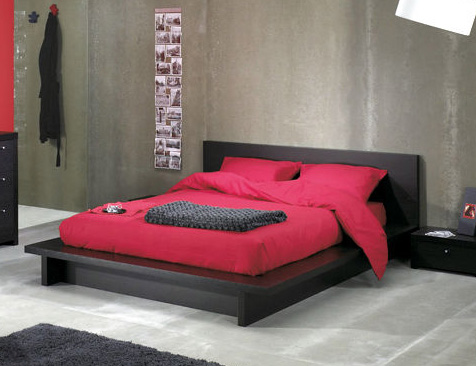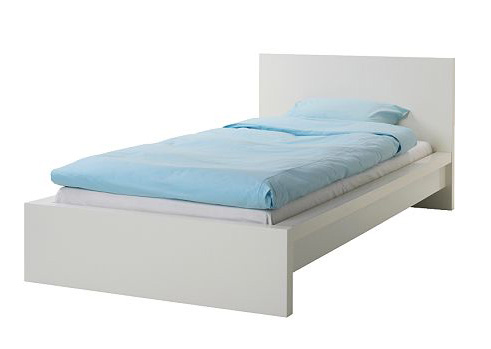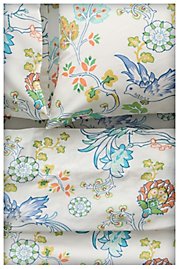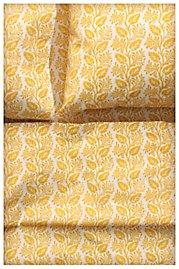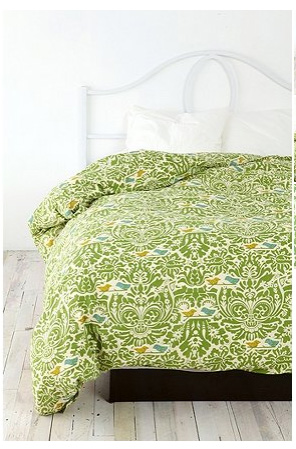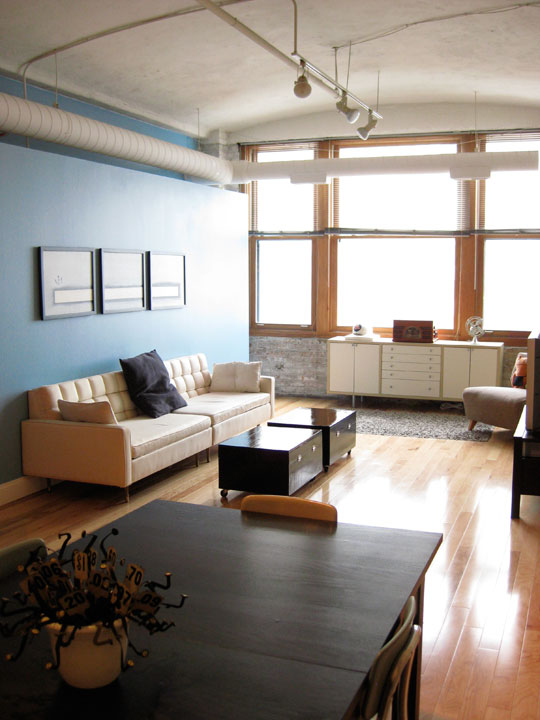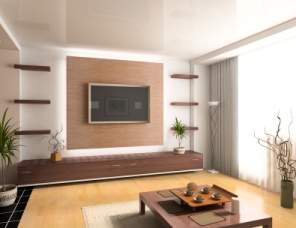Posts tagged Japanese design
Japanese Simplicity- Part 3: Desks
Time to get to work! Now that we can get a rejuvenating night’s sleep and walk around without tripping over stuff, there are really no more excuses to put off that cover letter or menu plan (“But…I have to catch up on old seasons of Design Star!”). Home desks are where we work after a hard day at school or the office, so naturally, it is very important to select a desk design that fits your style and function needs. To those—like me—who feel stifled or bored to tears by more traditional desks, good news! Using the aesthetic principles of Japanese design is a great way to find furniture that is functional, calming yet energizing, freeing, and fresh.
Scroll through this if you’ve already read it:
• Kanso: simplicity and elimination of clutter. Key word: clarity
• Fukinsei: asymmetry or irregularity. Relax—imperfections are what make life beautiful and engaging!
• Shibumi: elegant, understated, minimalistic. Less is more.
• Shizen: organic. Raw creativity with a purpose.
• Yugen: subtle suggestions rather than statements. Think well-placed splashes of color.
• Datsuzoku: freedom from the day-to-day and ordinary. Let a few things in your home take you away from home.
• Seijaku: active calm, tranquility. Still, but never stagnant.
Built-in storage tray, clean lines, and airy design make this desk a winner. Plus–made with sustainably harvested oak!
Angled black legs give the illusion of movement.
In other words, when searching for desks infused with a Japanese flair, look for:
• Natural materials (wood) in a rustic synergy with metals and glass.
• Darker colors, coolness or muted warmth.
• Keywords: contemporary, modern (straight lines, clean angles, solid shapes)
• Minimal or no drawers (drawers = clutter).
• A look of frozen animation or captured energy. Furniture has moods too-if it seems dull to you, don’t get it.
• Tip: avoid sterile, sleek, industrial designs of chrome and glass that are immaculate but lifeless.
I know this breaks the “no drawer” rule, but it is simply perfection with its asymmetric drawer designs. Plus that rustic wood!
From the website: “Handcrafted from reclaimed telephone poles, the incredible character of these unique tables stems from true distressing by time and nature.” Yeah. Yeah. You read right. Reclaimed TELEPHONE POLES. That’s right. Uh huh. I know.
Tips for desk placement to maximize energy flow (or just freedom of movement and widening of spaces):
• Place desks by sunlit windows.
• Avoid corner desks.
• If you can, set your desk away from the edges of the wall and face them toward the room. The effect may surprise you.
And that’s it for this week!
Japanese Simplicity-Part 2: Bedding
Welcome to Week 2 of Japanese Simplicity—clearing your interior environment to rejuvenate your mind!
Have you cleared out the stale energy of those drawers full of old lipsticks and receipts yet? In last week’s Part 1: Decluttering, we emphasized the importance of having clean and open spaces as the foundations of a smooth-running, well-designed, stylish household. This week we’ll discuss the joys of simplicity when it comes to beds and what to look for in frames and bedding to evoke that feel of serenity for that perfect night’s sleep.
Here’s a quick review the seven Japanese design aesthetic principles:
- Kanso: simplicity and elimination of clutter. Key word: clarity
- Fukinsei: asymmetry or irregularity. Relax—imperfections are what make life beautiful and engaging!
- Shibumi: elegant, understated, minimalistic. Less is more.
- Shizen: organic. Raw creativity with a purpose.
- Yugen: subtle suggestions rather than statements. Think well-placed splashes of color.
- Datsuzoku: freedom from the day-to-day and ordinary. Let a few things in your home take you away from home.
- Seijaku: active calm, tranquility. Still, but never stagnant.
Traditional Japanese beds are called futons, thick comforter-like bedding that is placed on the floor that can rolled up and tucked away in a closet to save space. Of course, such asceticism is really unnecessary (unless the three of you are sharing a cramped studio apartment), but effective bedding should capture the same simplicity and lack of adornment. Let’s first take a look at some model bed frames that embody Japanese design principles.
Frames
Keyword search: modern, contemporary, platform bed
The most minimalistic of all beds, the platform bed eliminates the need of a box-spring mattress foundation by supporting the mattress directly on top of its flat, horizontal surface. Sophisticated and simple, these beds will add an air of tranquility to your spaces and make them seem bigger.
Note the sharp, pristine lines and solid headboard. Dark-grained woods give an exceptionally dramatic effect. *sigh* Art. Simply put.
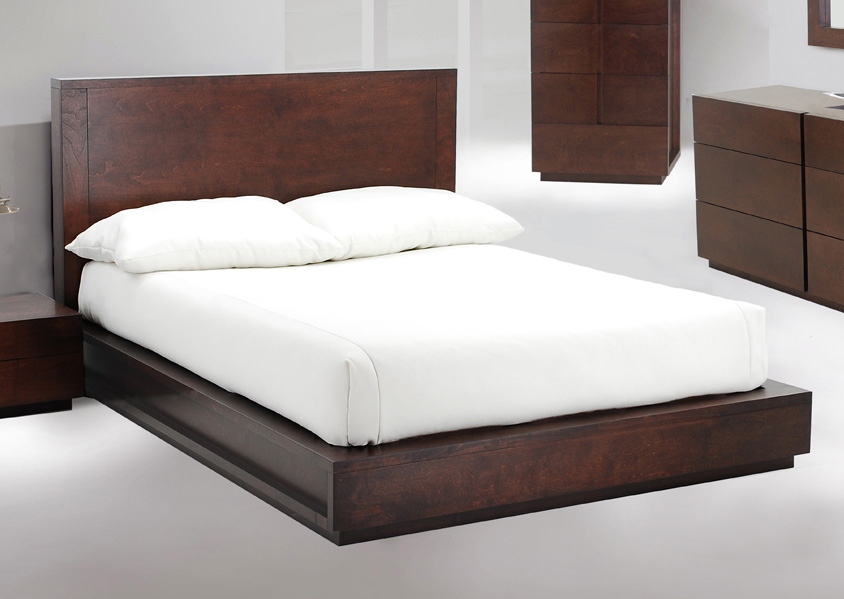
Isabella Modern.
Look for variations in underbed storage and period styles.
Oh my gosh! One a college kid can actually afford!
Bedding
Bedding is the most expressive feature of the bedroom and should be used to showcase your personal style and creativity! Avoid those drab bed-in-a-bags and mix and match your own combinations of pillowcases, sheets, and duvets. To infuse that effortless Japanese flair into your room, put together bedding sets that have:
- Natural fabrics (cotton and cotton blends) for a comfortable, breathable feel
- 300+ thread count
- Minimum or nonexistent accessories
- Airy, colorful, bright floral or whimsical prints
Anthropologieand Urban Outfitters carry amazing sheet sets and duvet colors that fit the bill perfectly. J’aime these prints!! Have a look (images are linked to product pages).
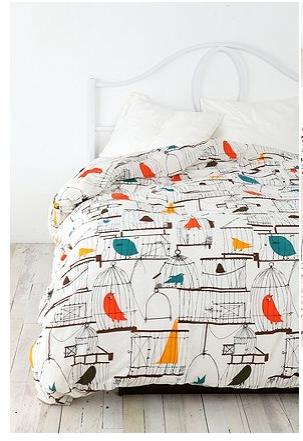
50’s Birdcage Duvet Cover by UrbanOutfitters.com
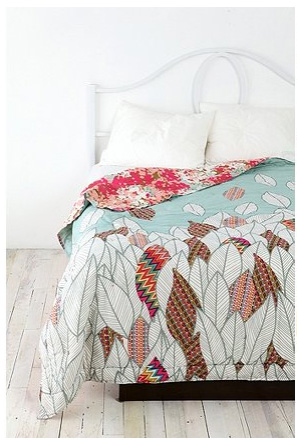
Falling Leaves by Urban Outfitters
Don’t you just feel more peaceful and relaxed already?
Stay tuned for more Japanese simplicity for your home next week! I’m not sure what I’ll write about yet, but I’ll think of something. Maybe like storage and desks. Yeah. That sounds good.
Japanese Simplicity- Part 1: Decluttering
After a hectic day of classes, work, or running around trying to get gas, pick up the groceries, and make it back in time for Glee, we all just want to come home to an inviting yet peaceful space that calms our tired minds and bodies. Personally, just about ALL of my day to day troubles would be trumped if I came home to one of these rooms every day:
But let’s face it—we do not, and will never, live in a furniture catalog. (How can anyone actually conduct life in one of those? However, the one on the top is actually someone’s house. Humph. Must have pad-locked everything in the bathroom.) But even if we can’t have perfectly immaculate and color, style, and texture-complementing surfaces, windows, walls, chairs, etc. that are so gorgeous and perfect that make dust bunnies sob, we CAN obtain a functional, organized, and artfully-decorated home that sacrifices none of our individuality and quirks (keep your cacti and PEZ collectables!).
In the search for the ideal balance of serenity and functionality in living environments, I’ve turned to some of the philosophies and aesthetics of Japan. Japanese interiors are all about simplicity, serenity, and the belief that clarity in your immediate environment brings clarity within.
And you don’t have to appreciate bonsai trees or chipped clay pottery to incorporate some Japanese design aesthetics into your daily life. Here are the seven principles:
- Kanso: simplicity and elimination of clutter. Key word: clarity
- Fukinsei: asymmetry or irregularity. Relax—imperfections are what make life beautiful and engaging!
- Shibumi: elegant, understated, minimalistic. Less is more.
- Shizen: organic. Raw creativity with a purpose.
- Yugen: subtle suggestions rather than statements. Think well-placed splashes of color.
- Datsuzoku: freedom from the day-to-day and ordinary. Let a few things in your home take you away from home.
- Seijaku: active calm, tranquility. Still, but never stagnant.
Your home is your personal sanctuary, and may be one of the few places in this big, wide world that you have considerable—if not all—control over. (I say: Conquer the home first; then conquer the world!) Make a commitment to yourself to cherish your living spaces and have them work for you and be a medium for self-expression.
This series of entries will be your guide in choosing furnishings and decorations that embody the design aesthetics listed above, but notice the title: Part 1- Decluttering. Before any lounge chaise can become the focal point of the living room, any accent wall catch a visitors’ eye, or any vintage coffee table elicit admiration, the house must be clean.
However you get it done, it must be done, and recently, I found this amazing book that gives tips on cleaning, organizing, and running an effective household.
With pages of glossy photographs and an attractive layout design, House Works identifies the bad habit of clutter as a symptom of indecisiveness and lack of planning and attacks it accordingly. The author Cynthia Townley Ewer prescribes the STOP technique to cure clutter.
What You’ll Need:
- A timer. “Stopping clutter,” says Ewer, “like acquiring it, is a long-term process of short steps.” So take it easy on yourself. Work in 15 minute sessions.
- 3 boxes. Label them, “Put away,” “Storage,” and “Sell/Donate.” Make sure the boxes are opaque to prevent changes of heart.
- A garbage bag.
What to Do:
- Sort- Sort items in targeted area quickly! Keep this here? Put it away? Sell it? Throw it away? Use 3 boxes accordingly.
- Toss- Throw stuff that you’ll never need and others won’t be able to use.
- Organize- Organize the items that belong there.
- Put Away- Put away any out-of-place items.
Tip: Consciously establish centers for certain household activities (ie. all grooming occurs in bathroom, all paperwork at the desk, all scheduling and message-taking by the phone, etc.) This can greatly reduce out of place items.
Try a few declutter sessions and see what works for you.
Next week- stay tuned for bedding items that incorporates the seven principles of Japanese design aesthetics for a more restful and relaxing sleep!

